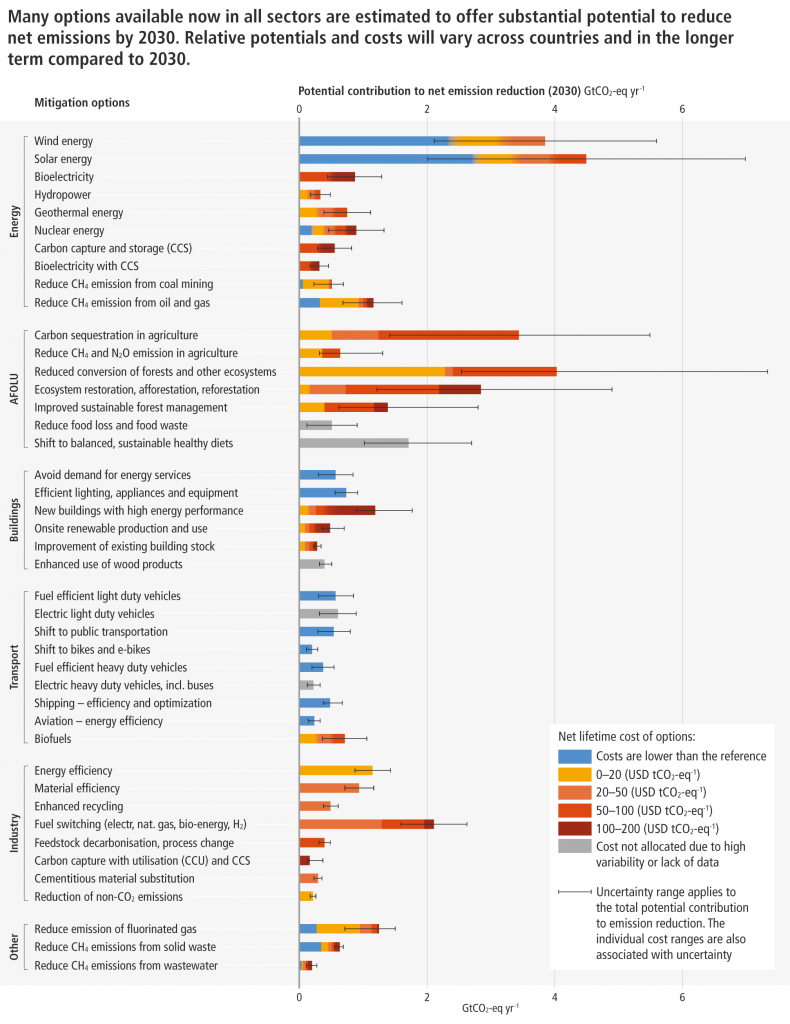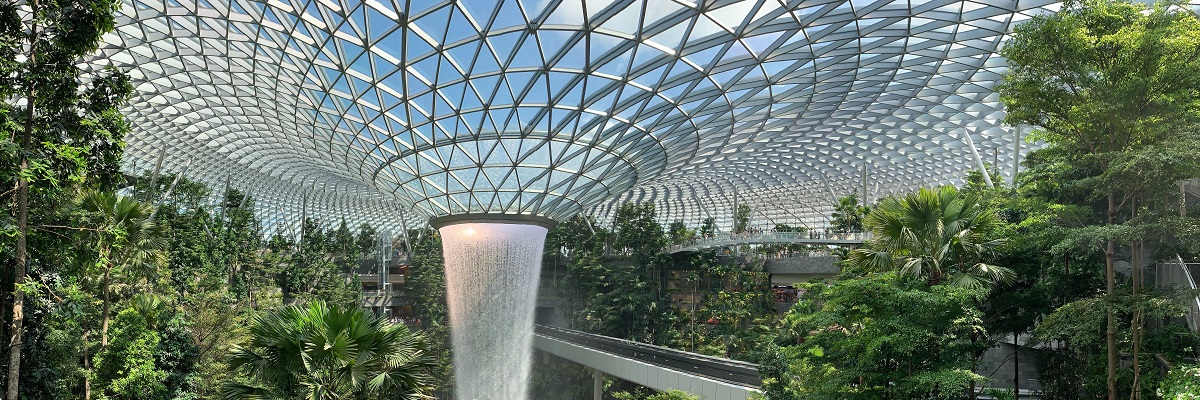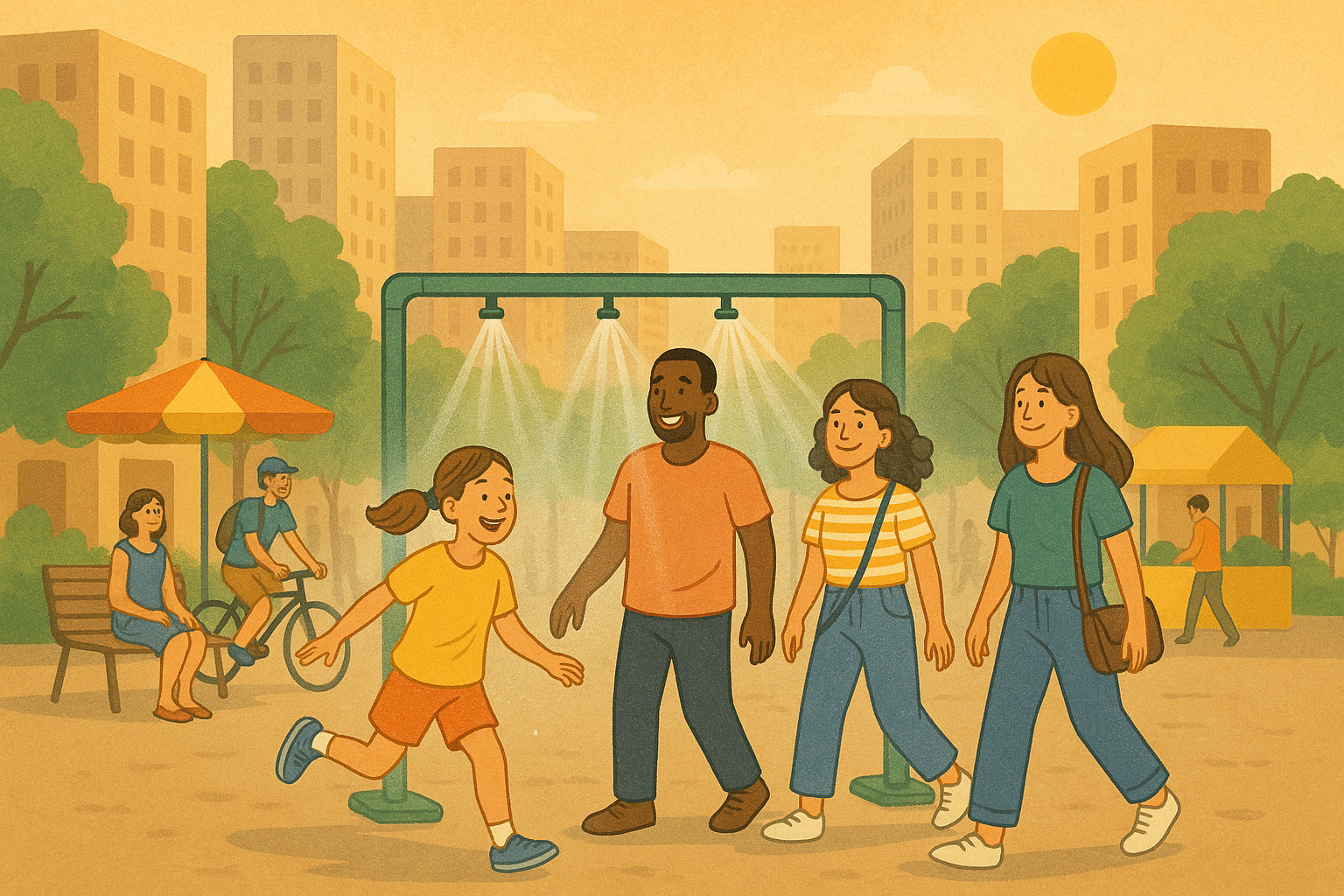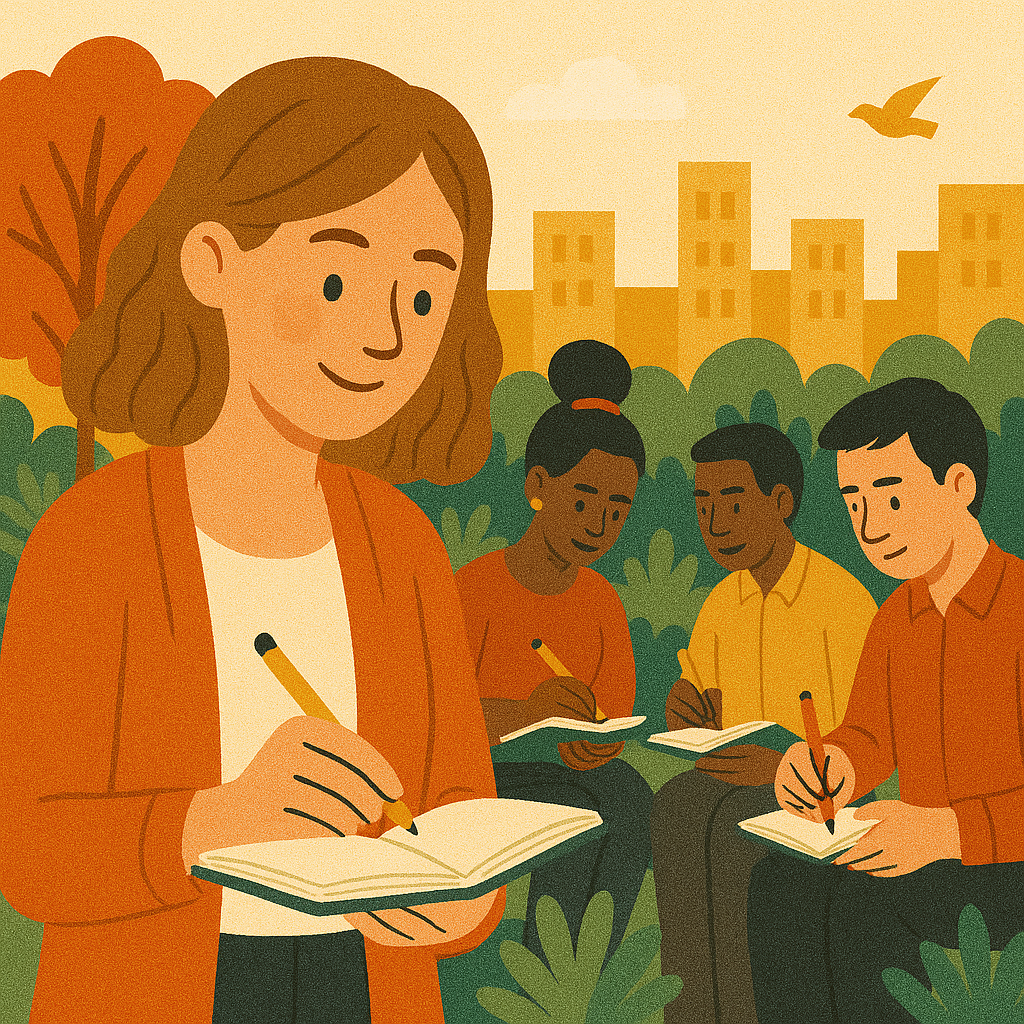After the synthesis report of the International Panel on Climate Change, which was published on March 20th and summarises eight years of scientific climate change research, it is clear that this is the only thing we must talk about.
Close to 800 scientists have pitched in on the IPCC synthesis report, making it the most comprehensive and best available assessment of climate change. The document is nearly 8,000 pages long and paints a grim picture of the devastating consequences of rising greenhouse gas emissions around the world, such as the destruction of homes, the loss of livelihoods, and the fragmentation of communities.
Importantly, the IPCC report also offers hope. It highlights pathways to avoid these intensifying risks and shows readily available, cost-effective actions that we can undertake now to reduce emissions, scale up carbon removal, and build resilience. The window for action is rapidly closing, but we can still secure a safe and liveable future.
Let’s bring an urban perspective to it: What does the IPCC diagnose and recommend for urban settlements?
The challenges of climate change in cities
According to the IPCC summary of the report, scientists are highly confident that climate change has caused adverse impacts on human health, livelihoods, and key infrastructure in urban settings. The explanation looks like this:
“Hot extremes including heatwaves have intensified in cities (high confidence), where they have also worsened air pollution events (medium confidence) and limited functioning of key infrastructure (high confidence). Urban infrastructure, including transportation, water, sanitation and energy systems have been compromised by extreme and slow-onset events, with resulting economic losses, disruptions of services and impacts to well-being (high confidence). Observed impacts are concentrated amongst economically and socially marginalised urban residents, e.g., those living in informal settlements (high confidence). Cities intensify human-caused warming locally (very high confidence), while urbanisation also increases mean and heavy precipitation over and/or downwind of cities (medium confidence) and resulting runoff intensity (high confidence).”
Think about your own city: It is very likely that even if you live in one of the regions of the world that is not yet as affected by climate change as many others, you have experienced one or more of these climate change events recently. I live in London and was shocked to see parks turn into dry steps and experience 40+°C last year, for example. And events such as the devastating floods in Pakistan have become all-too-regular occurrences.
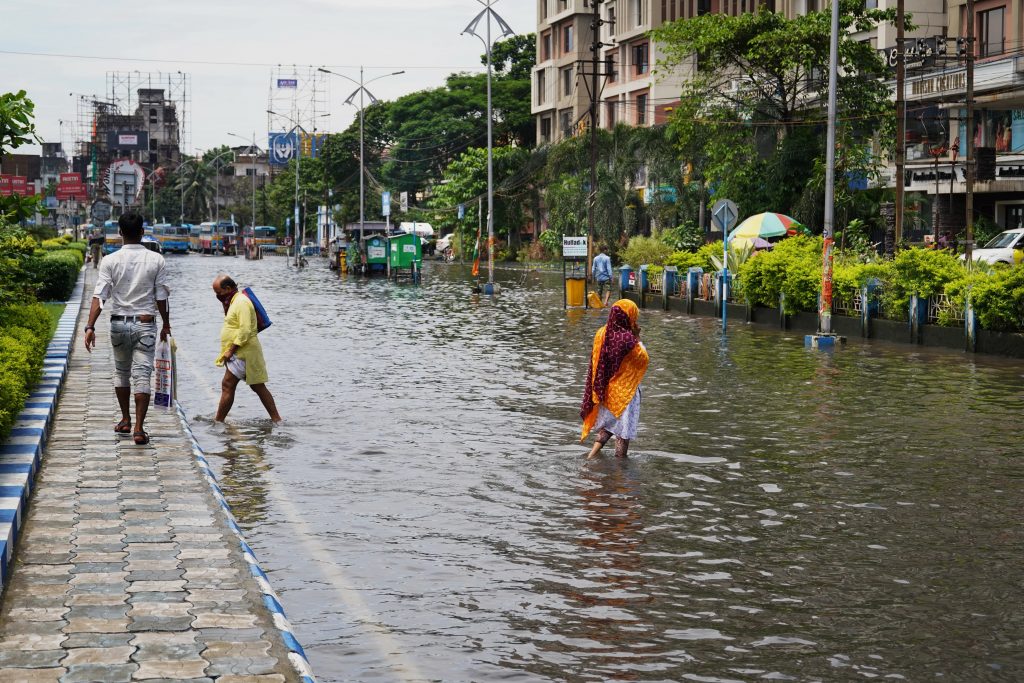
Progress in adapting to climate change
To fight climate change, we need to adapt, mitigate, and increase resilience. Depending on the context, a mix of these strategies is required. Adaptation means the process of adjusting to the current and future effects of climate change, for example through green roofs and sponge city efforts. Mitigation aims to make the impacts of climate change less severe by preventing or reducing the emission of greenhouse gases into the atmosphere.
According to the IPCC, progress in adaptation has been observed across all sectors and regions. Scientists applaud the ambition, scope, and progress on adaptation, which have risen among governments at the local, national, and international levels. At least 170 countries and many cities have included adaptation in their climate policies and planning processes, implementing pilot and local experiments and signalling an intention to achieve net-zero emissions by around mid-century.
“A growing number of cities are setting climate targets, including net-zero GHG targets. Many companies and institutions have also announced net zero emissions targets in recent years. The various net zero emission pledges differ across countries in terms of scope and specificity, and limited policies are to date in place to deliver on them.
Integrated, inclusive planning and investment in everyday decision making about urban infrastructure can significantly increase the adaptive capacity of urban and rural settlements. Coastal cities and settlements play an important role in advancing climate resilient development due to the high number of people living in the Low Elevation Coastal Zone, the escalating and climate compounded risk that they face, and their vital role in national economies and beyond (high confidence).”
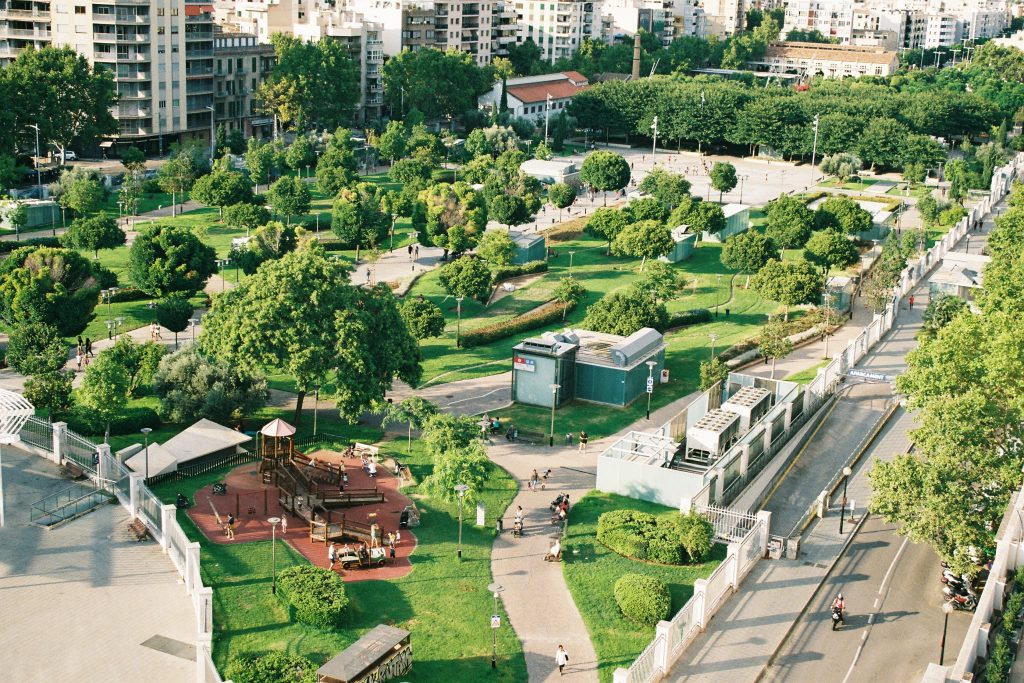
Actions in cities
Looking at the table of contents of the longer synthesis report (the shorter version for decision-makers is here) of the IPCC Sixth Assessment Report, cities have an important role in near-term responses in a changing climate for both mitigation and adaptation actions. According to the scientists, urban systems are critical for achieving deep emissions reductions and advancing climate resilient development, particularly when this involves integrated planning that incorporates physical, natural, and social infrastructure.
These are the actions that contribute to deep emissions reduction and adaptation in cities:
- integrated, inclusive land use planning and decision-making
- compact urban form by co-locating jobs and housing
- reducing or changing urban energy and material consumption
- electrification in combination with low emissions sources
- improved water and waste management infrastructure
- enhancing carbon uptake and storage in the urban environment (e.g. bio-based building materials, permeable surfaces and urban green and blue infrastructure)
In addition, the IPCC synthesis report also suggests that effective mitigation in cities can be advanced at each of the design, construction, retrofit, use and disposal stages for buildings. Low-emission construction materials, more efficient building envelopes, and the optimisation of the use of buildings and their supply with low-emission energy sources as well as the disposal and recycling of construction materials are most important considerations. Transport-related greenhouse gas emissions can be reduced by shifting to more energy efficient transport modes. And green and blue infrastructure such as urban forestry, green roofs, ponds, lakes, and river restoration can further mitigate climate change through carbon uptake and storage.
“Cities can achieve net-zero emissions if emissions are reduced within and outside of their administrative boundaries through supply chains, creating beneficial cascading effects across other sectors.”
What does your city do to achieve net-zero emissions? Does it have information available on how you can contribute to this goal?
What does this mean for your city?
Adaptation and mitigation, in combination with building resilience to extreme weather events, look different in every city. There are already a lot of innovative projects happening in cities all over the world, but according to the IPCC, we need to do much more and much quicker.
This graphic sums up the recommendations of the synthesis report, showing that the “big five” are wind and solar power, energy efficiency, stopping deforestation, and reducing methane emissions. Every single city in the world can work on most or all of these strategies.
